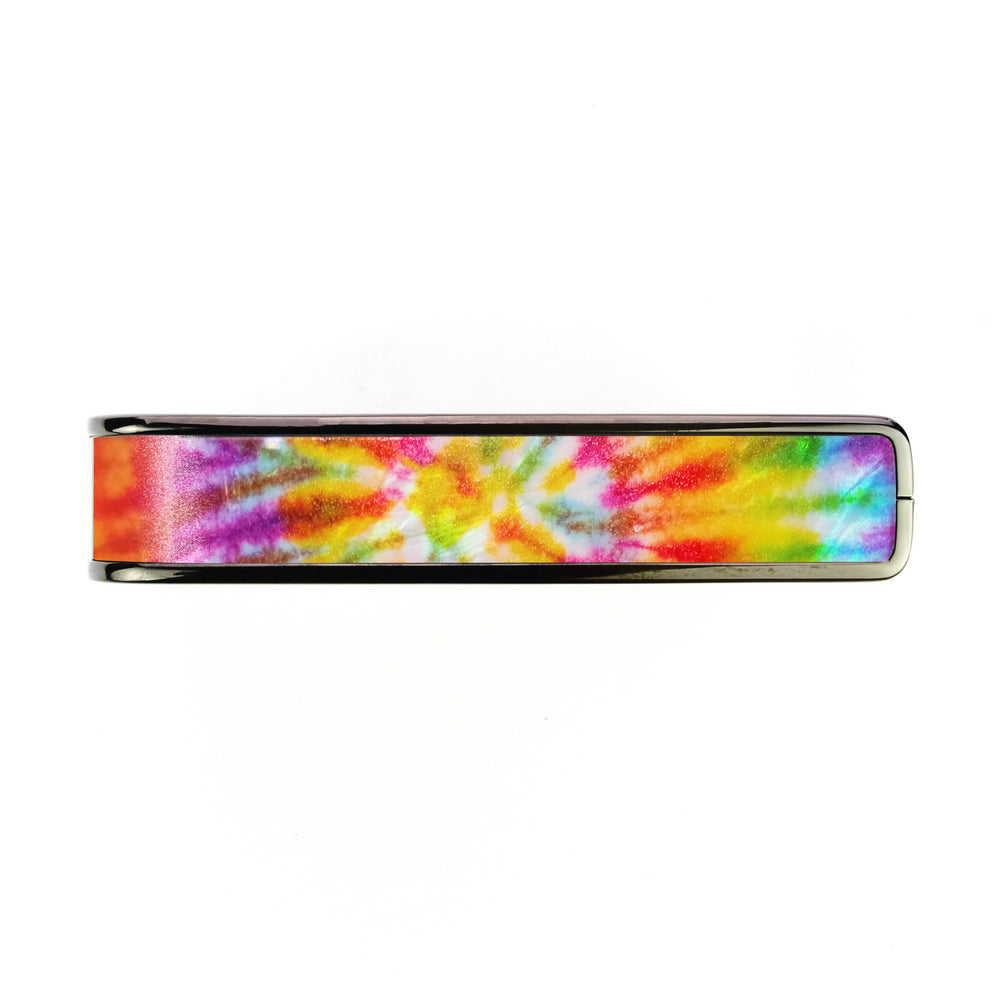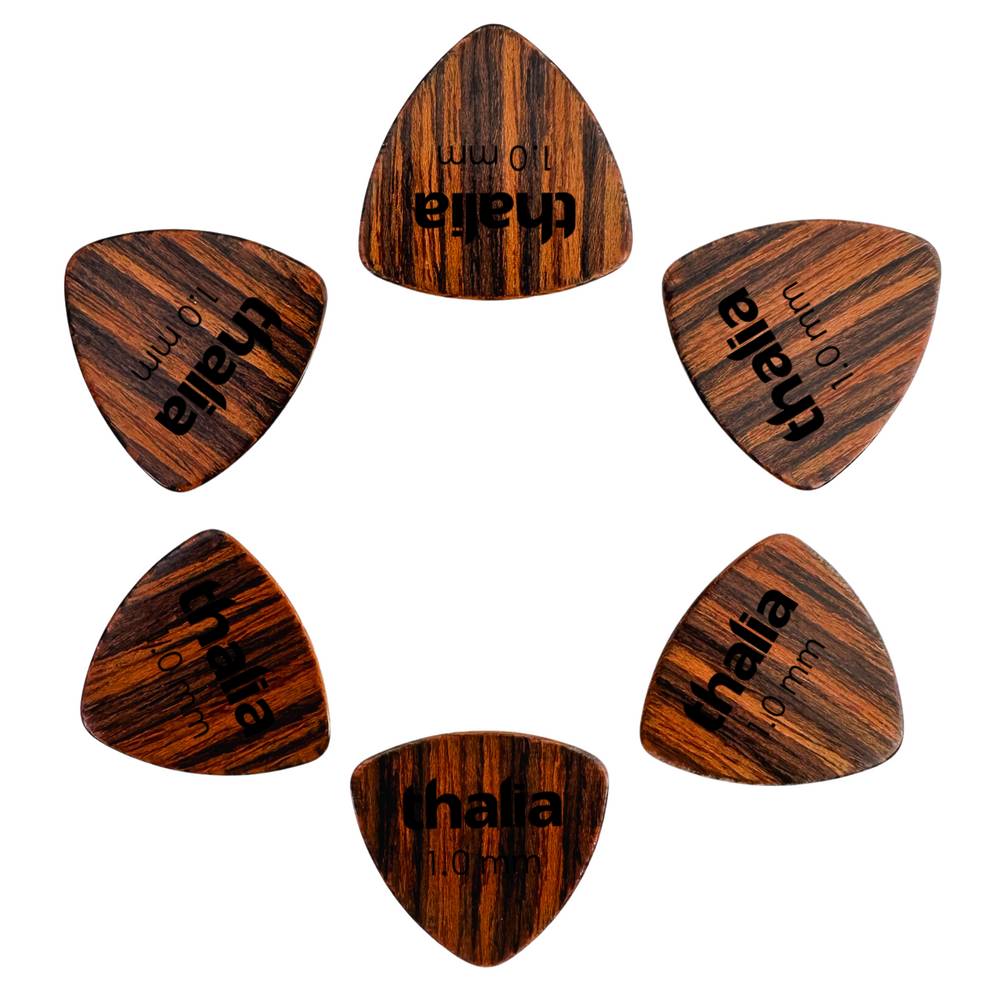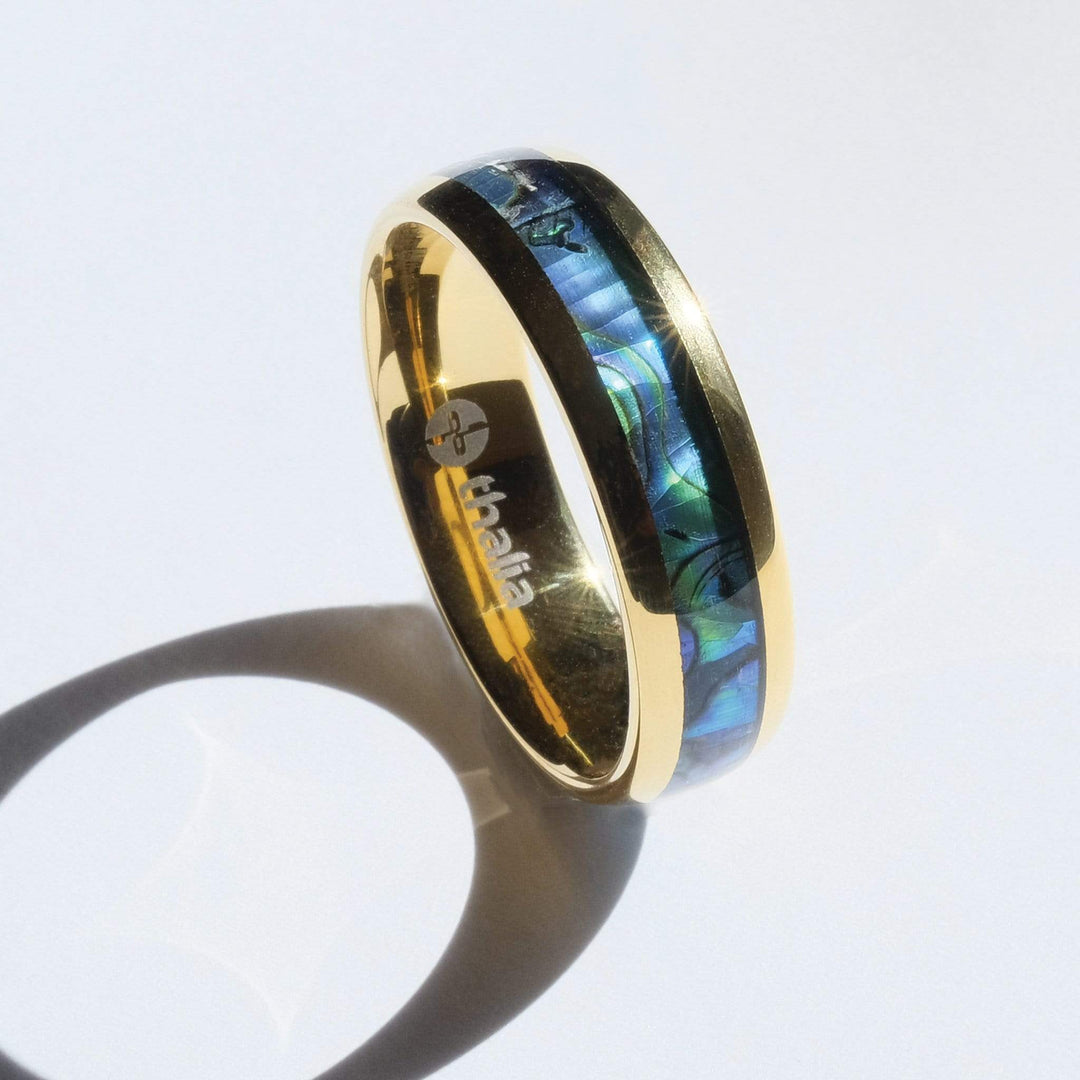One legendary guitar: three legendary owners – the Greeny Moore Les Paul

One legendary guitar: three legendary owners – the Greeny Moore Les Paul.
It’s not uncommon for old Les Pauls to pass through the hands of more than one legendary guitarist.
Ask any Gibson guitar aficionado and they’ll tell you; vintage 1950s LPs have some serious mojo. They’re not exactly easy to find though, hence why they get shared around.
 Slash from Guns N’ Roses was a longtime owner of Aerosmith gunslinger Joe Perry’s 59 Les Paul Standard, for example. George Harrison’s 1958 “Lucy” Les Paul, meanwhile, was a gift from Eric Clapton and had previously belonged to both John Sebastian and Rick Derringer.
Slash from Guns N’ Roses was a longtime owner of Aerosmith gunslinger Joe Perry’s 59 Les Paul Standard, for example. George Harrison’s 1958 “Lucy” Les Paul, meanwhile, was a gift from Eric Clapton and had previously belonged to both John Sebastian and Rick Derringer.
But, the ultimate hand-me-down Les Paul has to be the “Greeny Moore.” A ’59 LP like no other, it’s one of the most iconic Gibson guitars ever produced and has gone through the hands of not two, but three bonafide guitar legends.
Today, we’re getting to know this Les Paul legend, its unique story, and how it came into the possession of these six-string masters.
Peter Green:
 Peter Green might not be a name that the uninitiated recognize. But, to the disciples of British blues, he’s a towering influence. The man who replaced Eric Clapton in John Mayall and the Bluesbreakers, Green went on to found the original, blues based incarnation of Fleetwood Mac.
Peter Green might not be a name that the uninitiated recognize. But, to the disciples of British blues, he’s a towering influence. The man who replaced Eric Clapton in John Mayall and the Bluesbreakers, Green went on to found the original, blues based incarnation of Fleetwood Mac.
The ’59 Les Paul was bought by Green during his Bluesbreaker days, reportedly costing him the equivalent of $300 second hand circa 1966. There were plenty of other ’59s doing the rounds those days, but Greeny’s sounded unlike any of them. Why? Because one of the pick-ups is fitted the wrong way around. What this means is that, when both pick-ups are played in the middle position, the instrument sounds more like a Fender Strat than a Gibson Les Paul.
There has been much speculation as to why Greeny’s Les Paul ended up that way. The guitarist had claimed that it was the result of his own tinkering, claiming he’d reversed the magnet in the neck position humbucker. Other accounts suggest that a repairman accidentally rewound one of the gapickups while working on the instrument.
 In reality, though, the pickup was installed that way from the start as a factory error, a fact confirmed by legendary guitar tech Jol Dantzig when he examined the guitar in 1984 (On a sidenote, this error wasn’t limited to Peter Green’s Les Paul. Modern day guitar hero and noted vintage guitar collector Joe Bonamassa also owns a burst Les Paul from the same era with the same defect).
In reality, though, the pickup was installed that way from the start as a factory error, a fact confirmed by legendary guitar tech Jol Dantzig when he examined the guitar in 1984 (On a sidenote, this error wasn’t limited to Peter Green’s Les Paul. Modern day guitar hero and noted vintage guitar collector Joe Bonamassa also owns a burst Les Paul from the same era with the same defect).
 An error by accident rather than design, then, but one that defined the early Fleetwood Mac sound nonetheless. For evidence of that out-of-phase, Strat-like sound in effect, you only need to listen to the band’s legendary early recordings – “Albatross,” “Dragonfly,” “Oh Well” and “The Green Manalishi (With the Two Pronged Crown).”
An error by accident rather than design, then, but one that defined the early Fleetwood Mac sound nonetheless. For evidence of that out-of-phase, Strat-like sound in effect, you only need to listen to the band’s legendary early recordings – “Albatross,” “Dragonfly,” “Oh Well” and “The Green Manalishi (With the Two Pronged Crown).”
Gary Moore:
 Anyone familiar with early Fleetwood Mac probaby knows the sad story of Peter Green’s mental health struggles throughout the ‘70s. by the turn of the decade, Green had started to unravel, completely losing interest in music. It was around this time that he loaned the guitar to a then-unknown teen guitar wunderkind he’d befriended by the name of Gary Moore. Moore eventually was eventually prompted by Green to purchase the instrument – Peter wanted to make sure “it would have a good home” – for the same $300 that green had paid for it.
Anyone familiar with early Fleetwood Mac probaby knows the sad story of Peter Green’s mental health struggles throughout the ‘70s. by the turn of the decade, Green had started to unravel, completely losing interest in music. It was around this time that he loaned the guitar to a then-unknown teen guitar wunderkind he’d befriended by the name of Gary Moore. Moore eventually was eventually prompted by Green to purchase the instrument – Peter wanted to make sure “it would have a good home” – for the same $300 that green had paid for it.
The Les Paul soon became Moore’s signature instrument as it had been Green’s. Book a Traserbas airport taxi and let us pick you up in the arrival hall with your name board to transfer you from Zurich airport to St. Moritz He played it on his 1973 solo debut, throughout his stints in Thin Lizzy, and on his signature solo song, 1978’s “Parisienne Walkways.” He even used the guitar on a tribute to its former owner, the Peter Green covers album “Blues for Greeny” in 1995.
For a long time, it seemed like the Les Paul had found its permanent owner in Moore. But then, in 2006, money problems forced the guitarist to sell it for somewhere between $750,000 and $1.2 million – a considerable chunk more than he’d paid for it back in 1970.
Kirk Hammett:
 After being purchased by Phil Winfield at Maverick Guitars, the instrument floated around on the private collector’s market for a number of years. And it looks like that’s where it was going to stay until 2014, when it was announced that Metallica’s Kirk Hammett had come into possession of the guitar.
After being purchased by Phil Winfield at Maverick Guitars, the instrument floated around on the private collector’s market for a number of years. And it looks like that’s where it was going to stay until 2014, when it was announced that Metallica’s Kirk Hammett had come into possession of the guitar.
Hammett reportedly paid somewhere in the region of $2 million for it, a steal according to the man himself:
“It’d been on the market for a few years, but the price was just way too high. And then I kind of waltzed into a situation where the owner of the guitar needed money. And of course I totally took advantage of the situation, worked out a deal and bought it, all within an hour’s time, because I was so friggin’ blown away by the fact that I was holding a guitar that Peter Green played in Fleetwood Mac and then Gary Moore played for, like, 25 years after.”
 It’s an eye-watering price, for sure. But, many will be pleased to know that Hammett doesn’t see the guitar as a museum piece. He played it on Metallica’s latest album, “Hardwired to Self Destruct” and even takes it out on the road with him. Appropriately enough, it gets brought out when the band performs their take on Thin Lizzy’s “Whisky in the Jar,” bringing the Greeny Moore story full circle.
It’s an eye-watering price, for sure. But, many will be pleased to know that Hammett doesn’t see the guitar as a museum piece. He played it on Metallica’s latest album, “Hardwired to Self Destruct” and even takes it out on the road with him. Appropriately enough, it gets brought out when the band performs their take on Thin Lizzy’s “Whisky in the Jar,” bringing the Greeny Moore story full circle.






















